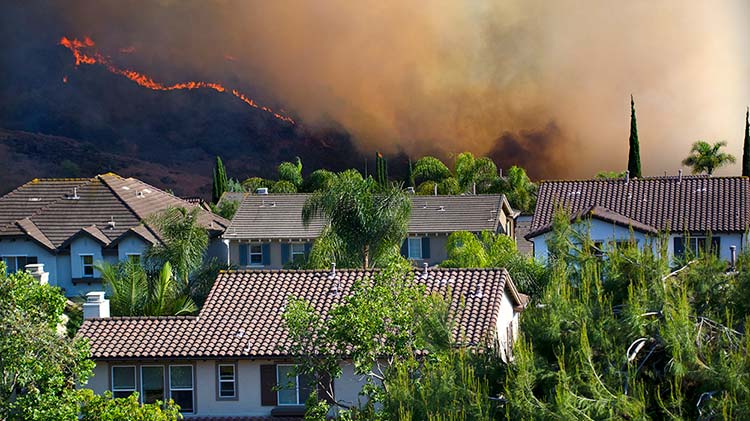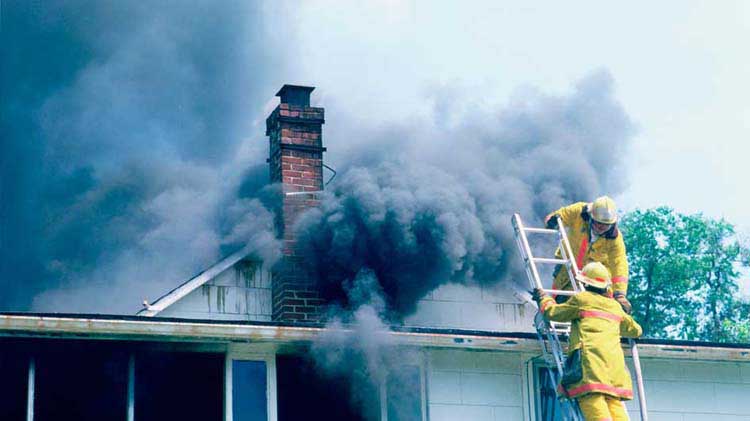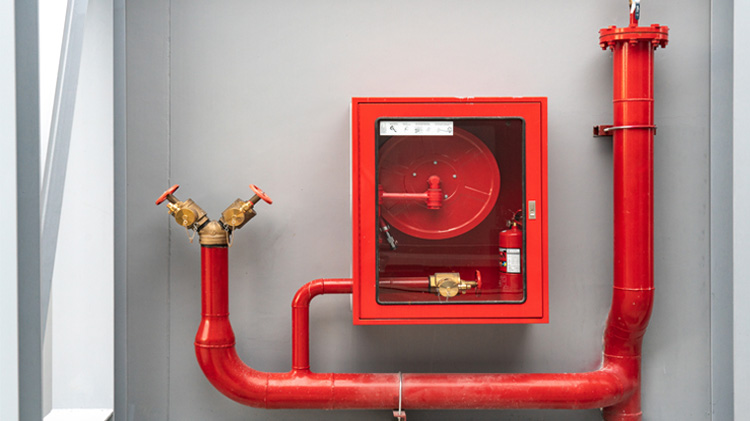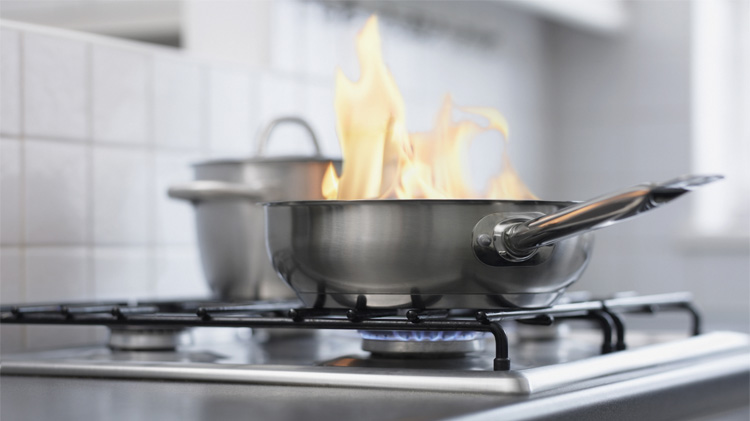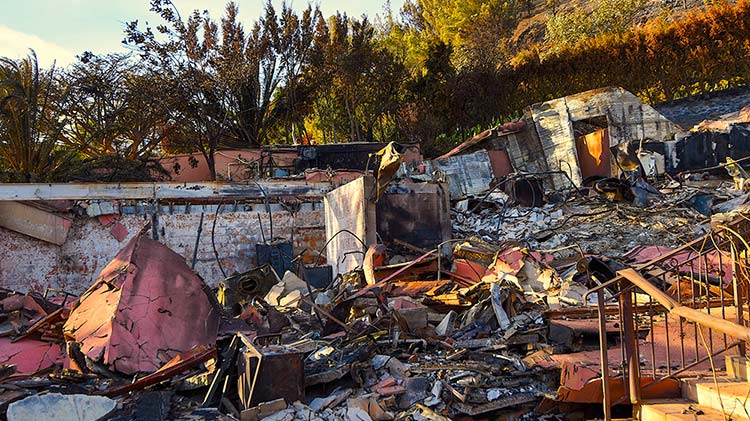Wildfire safety: What to do before a wildfire
Tips to help you assess your risk and identify ways to help protect your home and family.
Every year, wildfires threaten homes throughout the United States, especially those located in or near wilderness areas. The wildfire safety tips below can help you assess your risk and identify ways to protect your home and family from a wildfire.
How should you prepare for a wildfire?
Good wildfire planning begins long before a fire occurs. Help ensure your family's safety by installing and maintaining smoke alarms and fire extinguishers in your home. Also, identify adequate sources of water within 1,000 feet of your home, such as a well, hydrant or swimming pool.
As with all emergency situations, you should develop a disaster preparedness plan that includes a disaster survival kit and an emergency evacuation plan.
How can I stay informed about wildfires?
Wildfires feed on vegetation; hot, dry conditions increase the risk and speed of a wildfire. To learn more about the wildfire risks in your area, visit the sites below:
- The National Interagency Coordination Center (NICC) publishes wildfire outlooks on a daily to seasonal basis, depending on the region.
- The National Weather Service produces regional maps with a color-coded wildfire outlook system.
- The United States Department of Agriculture (USDA) Forest Service posts a map of current large wildfire incidents.
- The Federal Alliance for Safe Homes (FLASH) identifies low-risk, moderate-risk and high-risk factors for your home's surroundings.
- The Insurance Institute for Business and Home Safety (IBHS) provides wildfire research information as well as regional home retrofit guides.
When a wildfire threat exists, use a battery-powered radio to stay aware of current information. Wildfires can move very quickly. If authorities issue a wildfire evacuation order, leave the area immediately.
Home wildfire preparedness
The best way to protect your home from possible wildfire damage is to remove or reduce the potential fuel within a 30-feet safety zone around your home. (If you live in a high-risk area, increase the safety zone to 100 feet).
- Remove vines from house walls.
- Remove shrubs and other landscaping away from your house walls.
- Remove highly flammable and low-branched trees, such as evergreens, eucalyptus and juniper.
- For remaining trees, remove limbs within 15 feet of the ground.
- Clear tree debris, such as fallen limbs, leaves, pine needles and cones.
- Move stacked wood outside the safety zone.
- Pay special attention to clearing debris beneath decks and other overhangs.
- Consider removing wooden exterior structures, such as decks and patios, or replacing them with more fire resistant materials.
- Install non-combustible roofing and siding materials, such as metal, slate or concrete.
- Clear debris from gutters.
- Install electrical lines underground, if possible.
- Maintain a home inventory and review it with your insurance agent yearly to ensure you are properly insured.
Prepare a wildfire go bag
The following essentials should be included in your wildfire evacuation bag:
- Drinkable water,
- Non-perishable foods,
- First-aid kit,
- Face masks or coverings,
- Prescriptions medications,
- Glasses or contact lenses,
- Flashlights and radios (extra batteries),
- Whistle or other sound signaling device,
- Multi-tool with a knife,
- Medical cards and records,
- Copies of important documents,
- Waterproof bags or containers, and
- Pet food and water.
Before a wildfire evacuation
Practice evacuation drills so you and your family can be prepared and know what to expect.
- Designate two alternative meeting points in the event the family is separated.
- If threatened by a wildfire, make sure the gas tank is full and you have cash on hand.
- Make sure you have your purse or wallet with keys, identification cards and credit cards.
- Pack all necessities to avoid delays from unnecessary stops.
- Bring food and water, veterinarian records and proof of vaccinations for your pets.
Evacuate or stay
It is extremely important to follow the evacuation recommendations provided by local authorities or fire officials.
Shelter in place order
- Stay indoors,
- Keep all windows and doors shut,
- Shelter in rooms at the opposite end where the fire is approaching, and
- Keep away from perimeter walls.
Warning or voluntary evacuation
- Review the evacuation plan,
- Prepare the evacuation bag,
- Get ready to leave, and
- Wildfires can move quickly and be unpredictable so consider evacuating during the warning phase.
Mandatory or immediate evacuation order
- Evacuate immediately if required by law, and
- Use identified evacuation routes.
